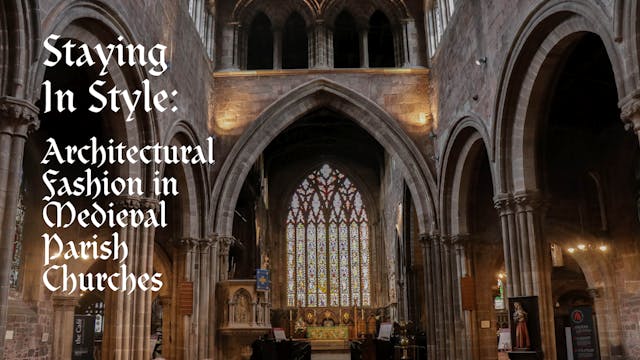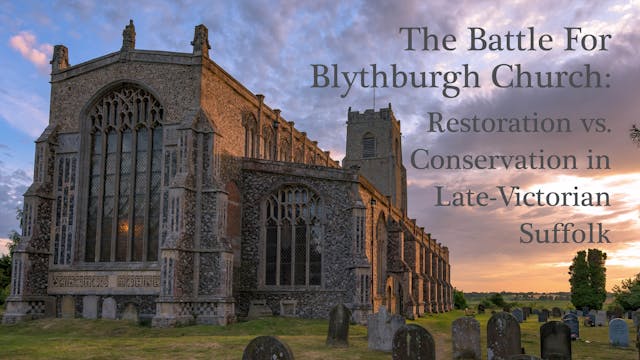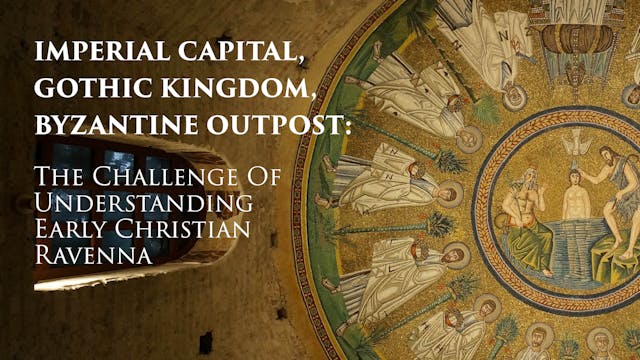Saint Oswald’s Many Heads: The Life & Afterlife Of A Northumbrian King
Our Free Lectures
•
1h 3m
King Oswald was a Christian king of Northumbria who died in battle in 642, and was soon recognised as a saint. He was slain by the Mercian king Penda, who cut off Oswald's head and impaled it on a stake on the battlefield as a sign of his victory. By the end of the Middle Ages 4 different religious foundations claimed possession of Saint Oswald’s head. Durham, in Oswald’s native Northumbria, had the best claim to possess the authentic relic, but communities in the Netherlands, Germany and Switzerland also claimed the king’s head. This talk explores the life and afterlife of a Northumbrian king, who became a cult figure not only in his native north-east of England, but also, and more surprisingly, across medieval Europe.
Dr Johanna Dale is a British Academy postdoctoral fellow in the Department of History at University College London. She works at the intersection of political and cultural history in the Middle Ages, with a particular focus on medieval England and German-speaking lands. Her first book, Inauguration and Liturgical Kingship in the Long Twelfth-Century was shortlisted for the Royal Historical Society’s 2020 Whitfield Prize. Her current research project investigates the influential cult of St Oswald of Northumbria and the role of liturgy within it.
Up Next in Our Free Lectures
-
Staying In Style: Architectural Fashi...
Old parish churches are wonderful ways of experiencing the ways in which architectural tastes changed over many centuries. As well as being rewarding in their own right, these ever-shifting styles can be used to help put a date on the parts of a building as it develops. They also help make it a ‘...
-
The Battle For Blythburgh Church: Res...
After decades of neglect, Blythburgh church, a grand fifteenth-century building in a small Suffolk village, was ‘mouldering into ruin’. In 1881 the church was closed as unsafe. Although the church was re-opened in 1884, proposals for restoration precipitated a twenty-five year long rancorous conf...
-
Imperial Captial, Gothic Kingdom, Byz...
From AD 402 to 751 the small city of Ravenna, on the NE coast of Italy, became the capital of the Roman Empire in the West, then the centre of a Gothic kingdom and finally the western outpost of Byzantine government from Constantinople. During these centuries the construction of many early Christ...



